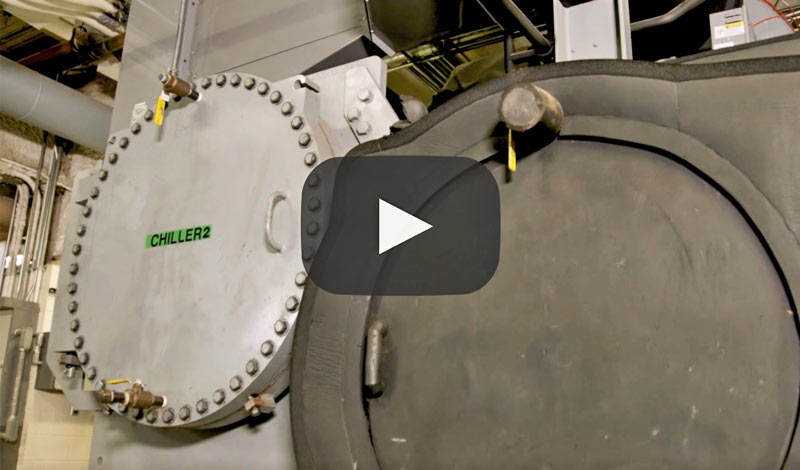Chillers are complex and making them work efficiently can be even more complex. The goal is to balance the cooling tower fan speed and the chiller compressor operation while achieving the lowest possible power draw. There are three main causes of chiller inefficiency you should address:
- Delta T is the difference between the chilled water supply and return water temperatures. A low Delta T forces chilled water to work harder than necessary to produce the needed cooling. More energy is wasted when the operator turns on a second chiller when one properly sequenced unit would be enough.
- Approach temperatures in the condenser and evaporator are also important when it comes to efficiency. The lower, the better. A one-degree difference in approach temperature represents a two percent decrease in efficiency. Low approach temperatures are a sign of good heat flow between the water and refrigerant.
- Chiller lift is the temperature difference between the condensing water going out and the evaporator water going out. It represents the energy balance between cooling tower fan operation and compressor operation. A lower lift is better.
The most effective way to maximize chiller efficiency is with an energy management system (EMS). An EMS will constantly control, monitor and operate your chiller system while alerting you to any potential issues. Considering the amount of energy it could save, adding an EMS is worth the investment.
